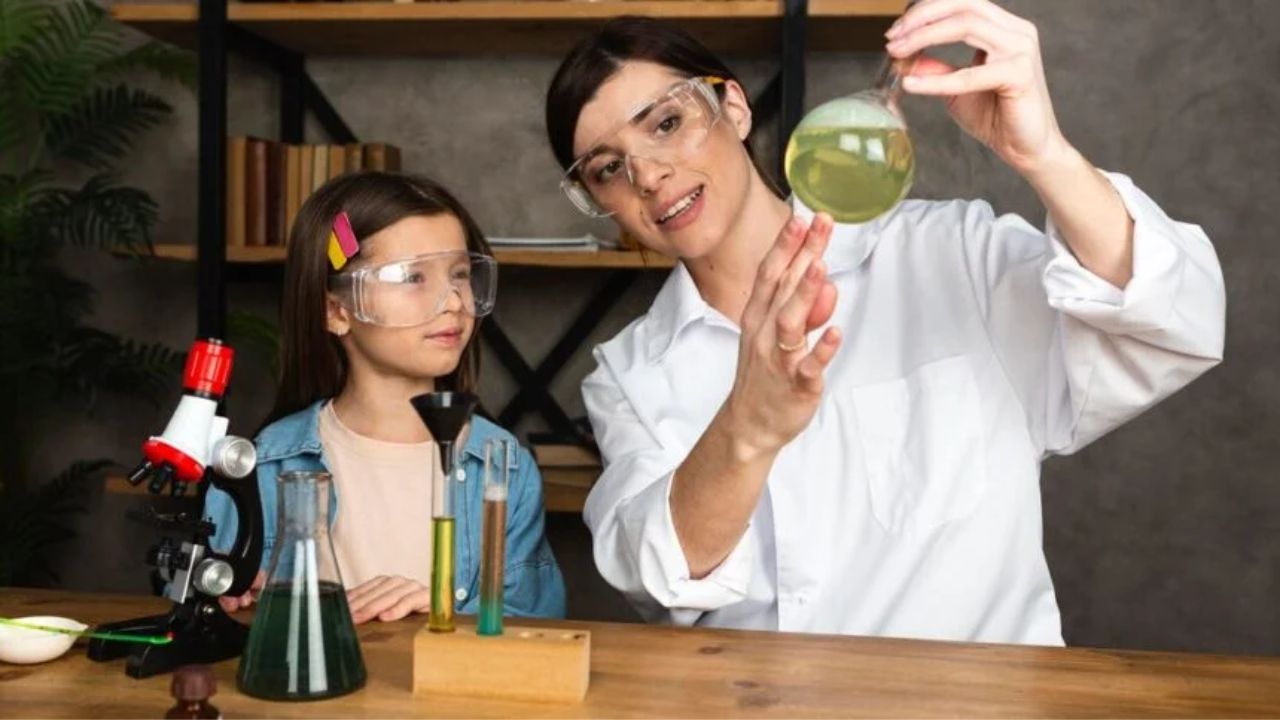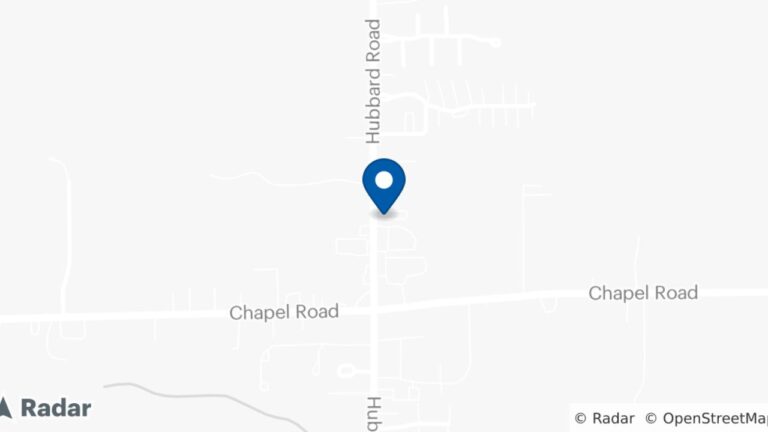HCOOCH CH2 H2O: Key Insights on Chemical Properties and Applications
Methyl formate (HCOOCH) is a fascinating organic compound with significant applications in both chemical research and industrial processes. Its interaction with CH2 and H2O—particularly during hydrolysis—has profound implications for understanding esters’ chemical behavior, reactivity, and environmental impact. This article delves into the intricacies of these reactions, the underlying mechanisms, and the resulting compounds, offering an in-depth exploration for chemistry enthusiasts and professionals alike.
What is HCOOCH?
HCOOCH, also known as methyl formate, is a simple ester formed from methanol and formic acid. Its structure comprises a formyl group (HCOO–) attached to a methyl group (–CH3), making it highly reactive under certain conditions. This compound plays a pivotal role in chemical synthesis, serving as an intermediate in the production of formic acid and other derivatives.
The Role of CH2 in Chemical Reactions
CH2, commonly referred to as the methylene group, is a reactive intermediate in many organic reactions. Its electron-rich nature allows it to participate in various addition and substitution reactions. When interacting with compounds like HCOOCH, CH2 acts as a key player in modifying or breaking down the molecular structure, paving the way for new chemical formations.
How Does H2O Influence Hydrolysis?
Water (H2O) is often termed the “universal solvent” due to its ability to dissolve numerous substances. In the context of hydrolysis, H2O contributes a proton (H+) and hydroxide ion (OH–) to break down compounds like HCOOCH into their constituent parts. This reaction typically proceeds through a nucleophilic attack, facilitated by the presence of a catalyst or acidic environment.
Hydrolysis Reaction of HCOOCH
The hydrolysis of HCOOCH in the presence of H2O results in the cleavage of the ester bond, yielding methanol (CH3OH) and formic acid (HCOOH). The reaction can be summarized as follows:
HCOOCH + H2O → HCOOH + CH3OH
This process highlights the susceptibility of ester bonds to nucleophilic attack, where the oxygen atom of water initiates the reaction by targeting the carbonyl carbon of HCOOCH.
Mechanism of Hydrolysis
- Nucleophilic Attack:
The lone pair on the oxygen atom of H2O attacks the electrophilic carbonyl carbon in HCOOCH. - Formation of a Tetrahedral Intermediate:
The carbonyl group temporarily converts into a tetrahedral intermediate due to bond reorganization. - Proton Transfer and Bond Cleavage:
A series of proton transfers occur, leading to the breaking of the ester bond. The products—formic acid and methanol—are then formed. - Catalysis Role:
The reaction rate increases significantly in acidic or basic environments due to the stabilization of intermediates.
Applications of HCOOCH Hydrolysis
- Industrial Synthesis:
Hydrolysis of HCOOCH is a critical step in producing formic acid and methanol, which are vital raw materials in various industries. - Environmental Chemistry:
Understanding the breakdown of esters like HCOOCH helps predict their behavior in natural water bodies, contributing to pollution control and biodegradation studies. - Biochemical Processes:
Hydrolysis reactions are fundamental in metabolic pathways, providing energy and breaking down complex molecules.
Conclusion
The hydrolysis of HCOOCH in the presence of CH2 and H2O demonstrates the complexity and elegance of organic chemistry. From industrial applications to environmental implications, understanding these reactions provides valuable insights into the behavior of esters and their derivatives. By exploring the mechanisms and applications of such reactions, we not only appreciate the science but also pave the way for innovative solutions in chemistry and beyond.
FAQs
What are the products of HCOOCH hydrolysis?
The hydrolysis of HCOOCH produces formic acid (HCOOH) and methanol (CH3OH).
Why is water essential in hydrolysis reactions?
Water provides the nucleophilic OH– ion that attacks the ester bond, leading to the cleavage and formation of reaction products.
Can the hydrolysis of HCOOCH occur without a catalyst?
Yes, but the reaction is significantly slower. Catalysts like acids or bases accelerate the process by stabilizing intermediates.
What is the role of CH2 in HCOOCH interactions?
CH2 groups can act as reactive intermediates, modifying the structure of HCOOCH during chemical reactions.
Is the hydrolysis of HCOOCH reversible?
Under certain conditions, esterification can occur, reversing the hydrolysis reaction.
What industries benefit from HCOOCH hydrolysis?
Chemical manufacturing, pharmaceuticals, and environmental sciences utilize this reaction for various applications.







